Made by Google – 7 things we saw and learned, including the Pixel 9 Pro Fold, Pixel Watch 3, Pixel Buds Pro 2, and more
Picking over all the big Pixel news
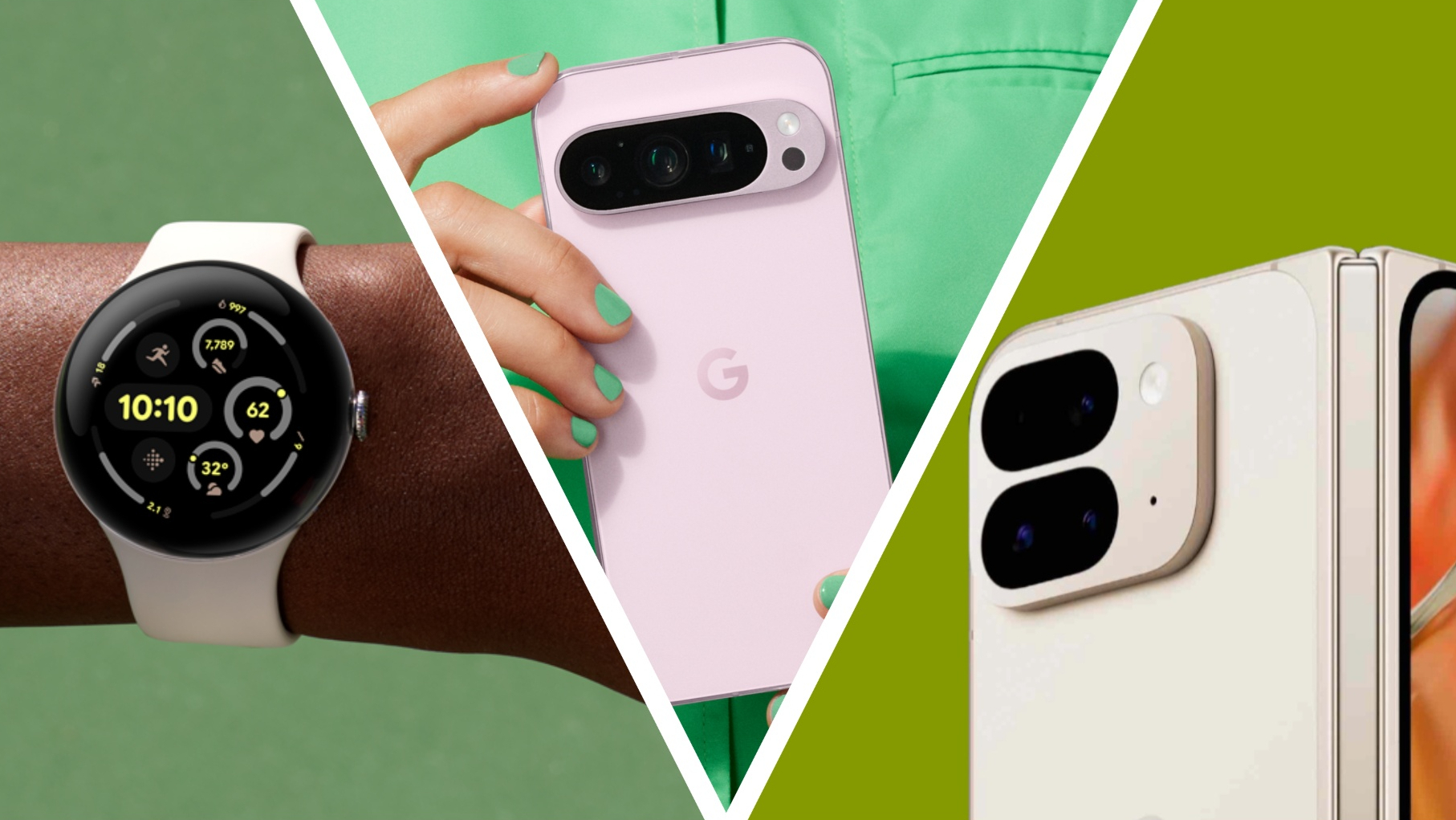
The first Made by Google event of the year was jam-packed with announcements, with a whole suite of Pixel products, new Google Gemini features, and a host of smart AI-powered tools to go along with the new hardware.
For a beat-by-beat account of the showcase, take a look at our Made By Google event live blog. But read on for the seven biggest announcements that caught our collective eye during the showcase.
1. The Fold goes Pro

Rather than make a simple sequel to the Pixel Fold, the Google Pixel 9 Pro Fold, as its name would suggest, is a folding take on the Pixel 9 Pro. That means it gets the powerful camera suite of the non-folding version, along with a mix of AI-powered features, and puts them in a neat folding phone package.
So you get the likes of a Tensor G4 chip, 16GB of RAM and a 8-inch OLED Super Actua Flex folding display. Add in the AI features, and a thinner and lighter design, and you're looking at a folding phone that has some proper 'pro' chops.
2. The Pixel Watch gets bigger and smarter
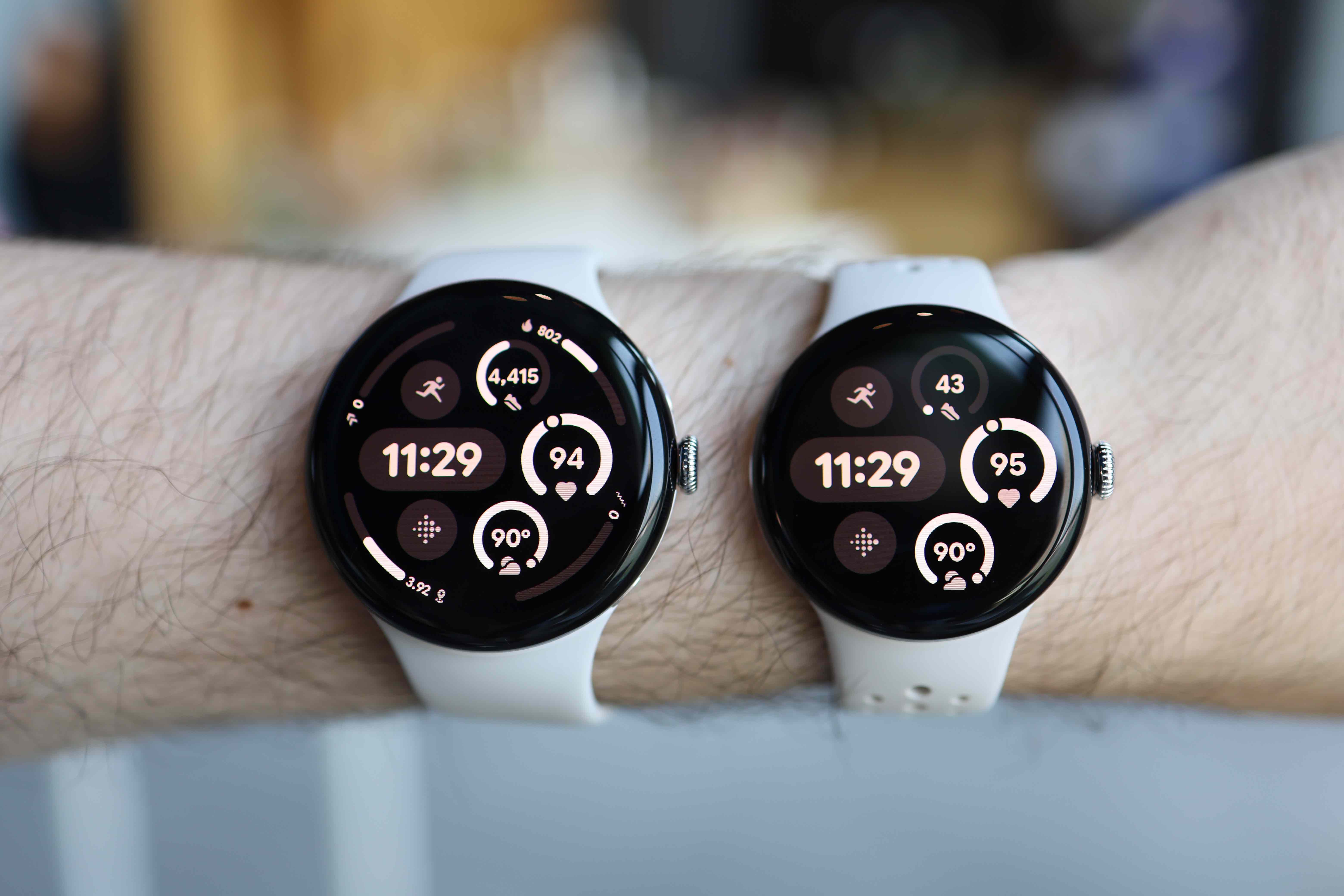
The Google Pixel Watch 3 is a surprisingly comprehensive update, including the most visually impressive upgrade of the bunch – a new larger size option. The new 45mm Pixel Watch 3 XL model has a brighter-than-ever screen – it's 40% bigger than the screen on the Pixel Watch 2 – but there are plenty of new features under the glass too.
A 35% bigger battery in the XL keeps maintains the day-long battery life even with a more powerful screen and always-on-display enabled, while on the health side, Loss of Pulse Detection can identify if your heart stops and send a message to emergency services. There are a bunch of new Fitbit training tools too, including a revamped Daily Readiness score and improved running information. The Pixel Watch 3 is certainly shaping up to be Google’s best wearable yet.
3. Don't want a folding phone? The Pixel 9 Pro has gone XL
One could argue that the Google Pixel 9 Pro has a display that's plenty big, but perhaps you're of the belief that bigger is indeed better: enter the Google Pixel 9 Pro XL. The new addition to the Pixel phone lineup takes the core of the Pixel 9 Pro and ups the display to 6.8 inches and the battery to 4,700mAh. And that's it.
Sign up for breaking news, reviews, opinion, top tech deals, and more.
As such, you get a new Pixel Pro phone with a display that's only 0.1 inches bigger than the screen on the Pixel 8 Pro; that's not a huge amount, but a little bit of space can go a long way when you're holding a phone horizontally and watching Netflix on it. But the flipside of this is that the Pixel 9 Pro now has a smaller 6.2-inch display, making it easier to use one-handed for people who want 'pro' features but not a big, girthy phone. And for those who do, the XL fills that gap.
4. The Google Pixel Buds Pro 2 have shrunk, yet can now ‘cancel twice as much noise’
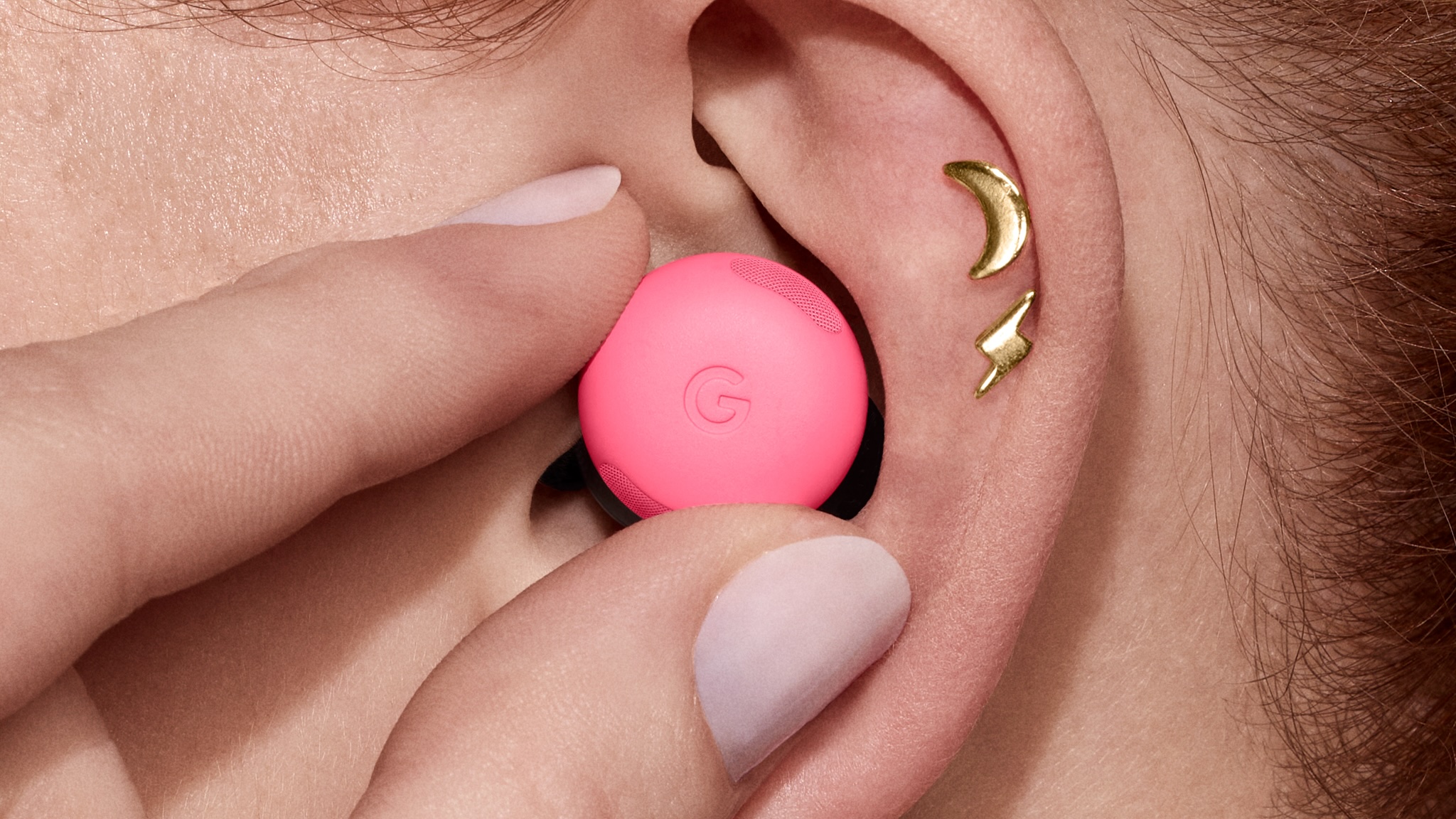
Active noise cancellation that's “two times as strong” as the older model is a big claim, but that’s what Google says it has achieved, thanks to the Tensor A1 chip nestled in the Pixel Buds Pro 2. It's the first time Google has put its own chip in its earbuds, and it apparently processes audio 90 times faster than the speed of sound – which means that its ANC algorithm can adapt to your environment (and nix that extraneous noise) up to three million times per second.
They’re also the “smallest premium earbuds on the market” according to Google – and for sure, at 4.7g and 27% smaller than the outgoing set, they’re bijou indeed.
In addition to a transparency mode, active in-ear pressure relief and a new Conversation Detection feature (it can detect when you're talking and switches automatically to transparency mode) you also get an extra ear tip to make four in total. Finally, you get onboard Google Gemini for your innermost queries, with transcripts saved on your Google phone for reference later.
- Read more: The Google Pixel Buds Pro 2 are here, with a custom AI chip and 'double' the noise-cancelling power
5. There's more to the Pixel 9 and Pixel 9 Pro than meets the eye
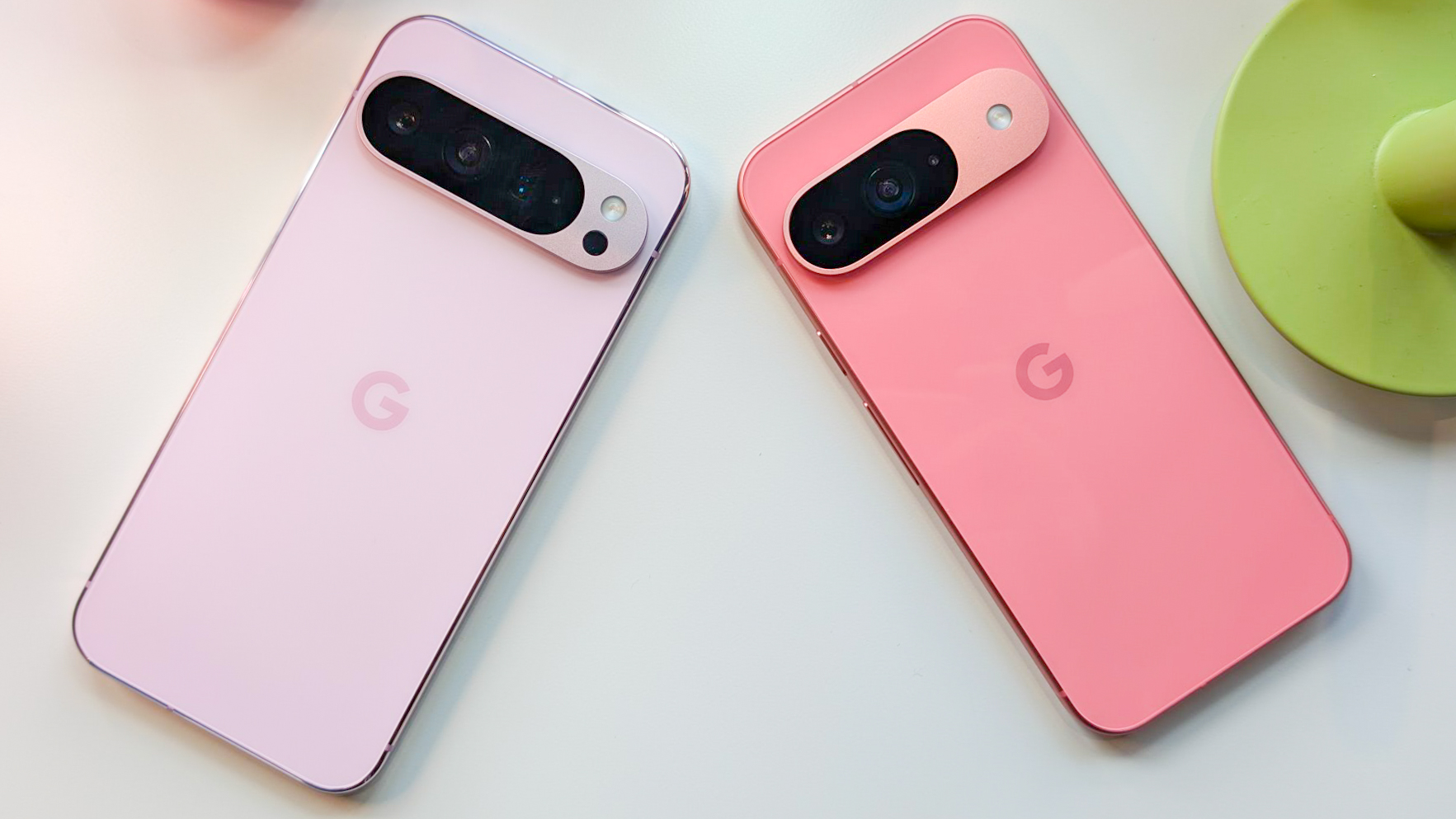
The Google Pixel 9 and Pixel 9 Pro were the most predictable of the four Pixel 9 phones launched at Google’s Made by Google event, but both models bring a host of worthwhile upgrades over their respective predecessors. In a nutshell, the Google Pixel 9 gets the same 50MP main and 48MP ultra-wide cameras as the Pixel 9 Pro, as well as a more durable design, a brighter screen, and a more powerful chipset than its predecessor.
The Pixel 9 Pro, meanwhile, gets a whopping 16GB RAM to power a smorgasbord of Google Gemini tricks, not to mention improved camera performance and a similar-but-not-the-same design as the standard Pixel 9. Yes, these upgrades sound iterative (on paper, at least), but the Google Pixel 9 Pro, in particular, will almost certainly prove one of the best AI phones of the year.
- Read more: check out our hands-on Google Pixel 9 review and hands-on Google Pixel 9 Pro review
6. Gemini Live kinda encourages you to be rude to the Ai
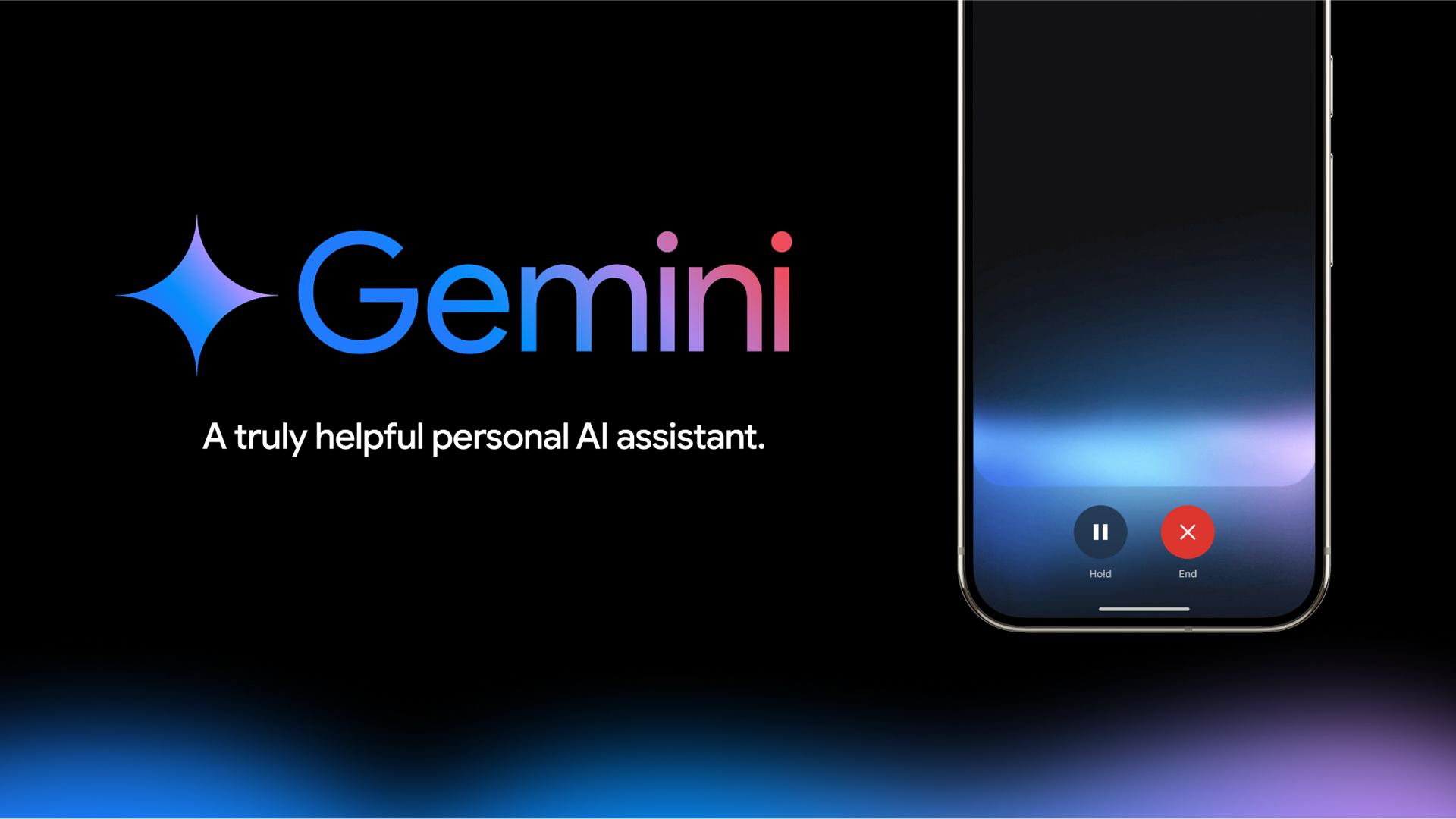
We've probably all had moment when we've been snide towards Siri or antagonized Alexa, and Google seems to know that there's an inherent pull to being a bit rude to AI-powered assistants. So with Gemini Live, a function of Gemini assistant designed to respond to casual-language and provide speciation and brainstorming, you can interrupt the assistant and switch topics mid-conversation.
Now that's not as rude as bleating obscenities at a virtual assistant for mishearing a command, but it's also not the most polite way to carry out a conversation. Still, such an approach means using AI-powered chatbots and tools can feel more natural, rather than as if you're just talking into a soulless machine – even if you are.
7. And Gemini can do a heck of a lot more...
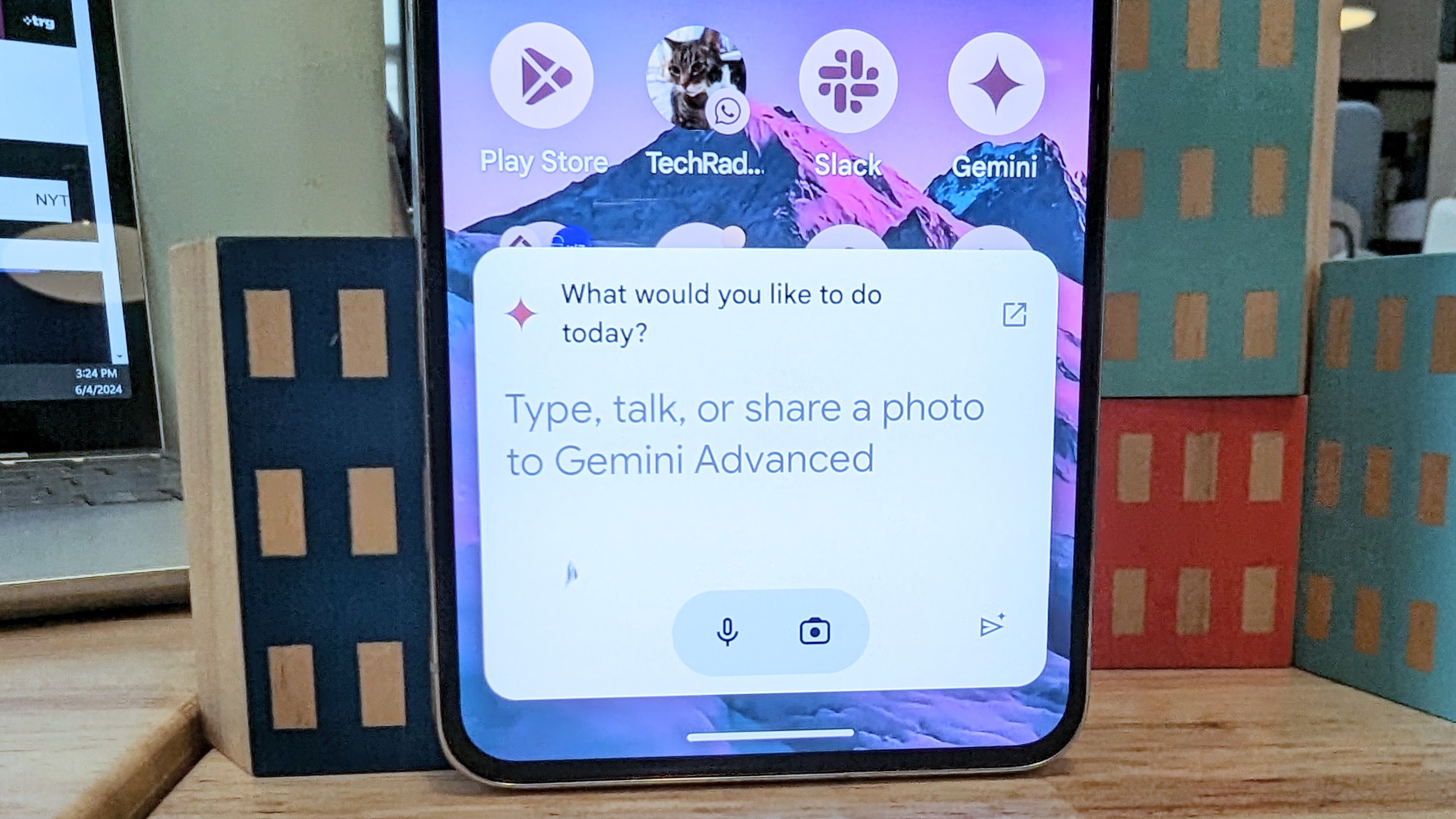
Gemini Live takes AI voice interaction to a whole new level, enabling you to have a conversation with your phone about complex topics just as if you were talking to a real person (which, as we established above, you're not).
Then there are the new multimodal features – Gemini can analyze a photo you’ve taken and use the information it contains to answer questions, while a Screenshots feature analyzes your screenshots to help you find information within them. Gemini also integrates into Google apps, so it can look in your inbox and calendar to know details of your life, if you allow it to. Pixel Studio uses Gemini AI to generate pictures on the phone – you just type in some AI prompts and let Gemini do the rest.
Another AI image-related feature is Add Me, which can drop a separate picture of you into a photo of your friends, so you no longer need to hand your expensive phone to a stranger to take a group shot. Google has also added Call Notes, which uses Gemini to record your phone conversations and produce transcripts, and Gemini is now a proper research tool, creating Google Docs documents of whatever topic you want it to research.
If you know a real person that's this helpful, then lucky you.
- Read more: our favorite Google Gemini feature so far
Roland Moore-Colyer is Managing Editor at TechRadar with a focus on phones and tablets, but a general interest in all things tech, especially those with a good story behind them. He can also be found writing about games, computers, and cars when the occasion arrives, and supports with the day-to-day running of TechRadar. When not at his desk Roland can be found wandering around London, often with a look of curiosity on his face and a nose for food markets.